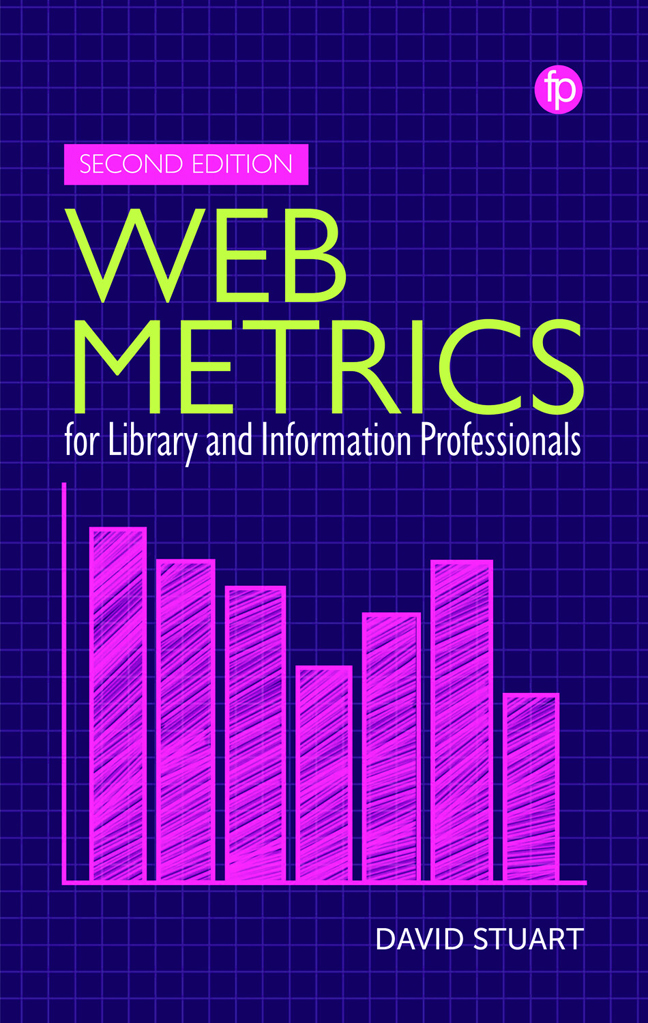Book contents
- Frontmatter
- Contents
- Figures and Tables
- About the Author
- Preface to the Second Edition
- 1 Introduction
- 2 Bibliometrics, Altmetrics, Web Metrics and Webometrics
- 3 Data Collection Tools
- 4 Evaluating Web Impact
- 5 Evaluating Social Media Impact
- 6 Relational Web Metrics and Social Network Analysis
- 7 Web Bibliometrics
- 8 Web Metrics for Data and Code
- 9 The Future of Web Metrics and the Library and Information Professional
- References
- Index
6 - Relational Web Metrics and Social Network Analysis
Published online by Cambridge University Press: 20 December 2023
- Frontmatter
- Contents
- Figures and Tables
- About the Author
- Preface to the Second Edition
- 1 Introduction
- 2 Bibliometrics, Altmetrics, Web Metrics and Webometrics
- 3 Data Collection Tools
- 4 Evaluating Web Impact
- 5 Evaluating Social Media Impact
- 6 Relational Web Metrics and Social Network Analysis
- 7 Web Bibliometrics
- 8 Web Metrics for Data and Code
- 9 The Future of Web Metrics and the Library and Information Professional
- References
- Index
Summary
Introduction
Relational web metrics investigate the relationships between online actors, whether these are individuals, organisations, Twitter accounts or web pages. They may be considered distinct from evaluative web metrics as they are not necessarily designed to provide insights into the impact of content but, rather, provide insights into the structure of the network as a whole, or the position of actors within a network. As has been pointed out already, the distinction between evaluative and relational metrics may merely be one of perception; being central to a network may be considered an indicator of impact, or may merely be an indicator of being central to the network.
This chapter considers some of the social network analysis methodologies that have been adopted by the web metrics community and how these methodologies and visualisation technologies can be used to draw insights that may be of use for librarians.
Social network analysis methods
Social network analysis methodologies were developed in the social sciences, based on the idea that actors should not be considered in isolation but, rather, that their behaviour was best understood within the context of connected actors. The importance of people's social networks for sharing information and changing user behaviours is now widely recognised (Christakis and Fowler, 2009), and the application of social network analysis methodologies has not only been suggested for the information science community for traditional bibliometric investigations (Otte and Rousseau, 2002), but has also formed the basis of webometric investigations analysing the hyperlinks between web pages (e.g., Park, Barnett and Nam, 2002; Holmberg, 2009).
Although social network analysis methodologies may be applied to the web and information on it, it has a far broader set of applications, so the terminology generally used is one of nodes and edges rather than web pages and hyperlinks. A network (or graph) comprises nodes (sometimes referred to as vertices) and edges, which are the connections between nodes. These edges may be undirected or directed (in which case they may be referred to as arcs), depending on the nature of the connection. For example, web pages are connected by directional links, but just because a blog links to a BBC news story this does not mean that the BBC story automatically links back to the blog.
- Type
- Chapter
- Information
- Web Metrics for Library and Information Professionals , pp. 109 - 122Publisher: FacetPrint publication year: 2023



